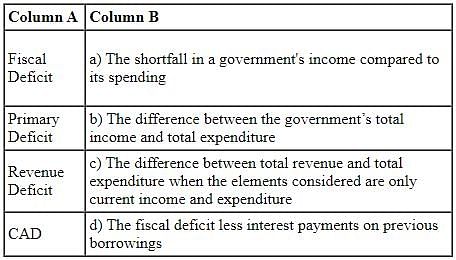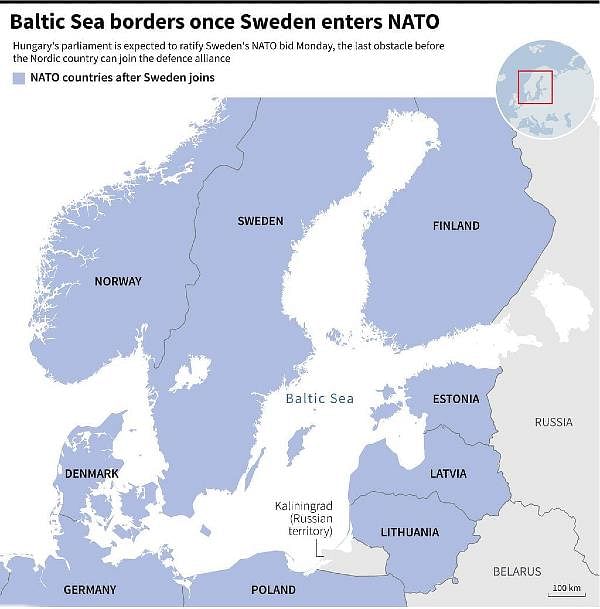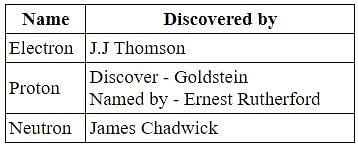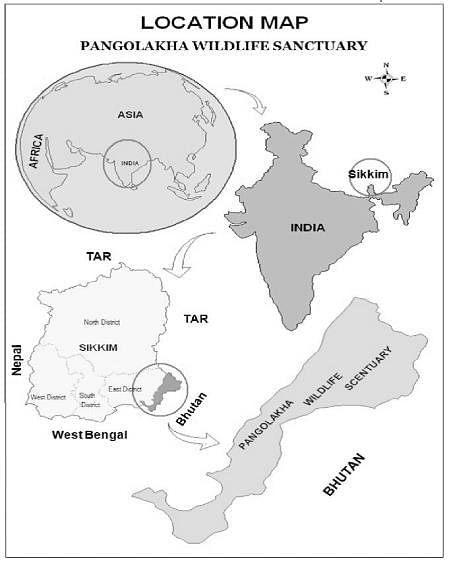BPSC AE Civil Paper 3 (General Studies) Mock Test - 3 - Civil Engineering (CE) MCQ
30 Questions MCQ Test BPSC AE Civil Mock Test Series 2025 - BPSC AE Civil Paper 3 (General Studies) Mock Test - 3
The term NATO lake often seen in the news, is associated with:
Who has been appointed as the chairman of the Telecom Regulatory Authority of India (TRAI)?
Which article envisages the official language of the union shall be Hindi in Devanagari script?
Chief component of first generation computer was:
Which of the following are called nucleons?
Match the following economic terms (column A) with their definitions (column B)

Which of the following statements is/are true regarding the force of gravity on earth?
(A) It is greater at the poles
(B) It is the same at all places on the earth
(C) It decreases with altitude
(D) It is maximum at the center of the earth
According to Kepler's first law, the planets move around the Sun:
In Windows, if an icon has a slightly curved arrow on it, it represents ______.
Match the following Types of Industries with Examples:

Which ministry launched the Swachhata Pakhwada event to promote cleanliness and environmental sustainability?
Which country is known for having one of the world's largest geothermal power plants?
Who is the author of the Hindi language's one of the most popular compositions 'Madhushala'?
Who became the oldest Grand Slam champion with an Australian Open doubles triumph in 2024?
Who among the following does not participate in the process of impeachment of the President?
I. Nominated members of either House of Parliament
II. elected member of either house of parliament
III. elected members of the state assembly
IV. Elected members of the Legislative Assembly of the Union Territory of Delhi and Puducherry
Choose the correct code
Who received the Times Power Icon 2024 Award?
Which bank was not nationalized during the Phase I of the Nationalisation of Banks?
India’s first research testbed to study Nor’westers getting ready in which state?
Who among the following is known to oppose the Age of Consent Bill?
Which of the following metals has an ore called Galena?
Identify the statements given below as true or false.
(i) An assembler is a program that converts instructions written in low-label assembly code into machine code.
(ii) An assembler converts assembly code into machine code line by line.
(iii) Different types of assemblers include one pass assemblers and load-and-go assemblers.
Magnetic Field inside a solenoid is ________.
Which of the following programs helps to manage files and folders in Windows XP?
i- Windows File Explorer
ii- Internet browser
iii- Help
iv- Program files
Consider the following statements:
- The Great Northern Plains are formed by basins of three distinct river systems the Indus, the Ganga and the Brahmaputra.
- They are one of the most densely populated areas on Earth.
- Between the Yamuna at Delhi and the Bay of Bengal, nearly 1600 km away, there is a drop of only 200 metres in elevation.
Which of the statements given above are correct?
Consider the following statements regarding the Pangolakha Wildlife Sanctuary:
- It is situated in Sikkim’s Pakyong district.
- It serves as a crucial corridor for wildlife, particularly tigers, between India and Bhutan.
Which of the statements given above are correct?
Which among the following is not a kind of puppet?






























